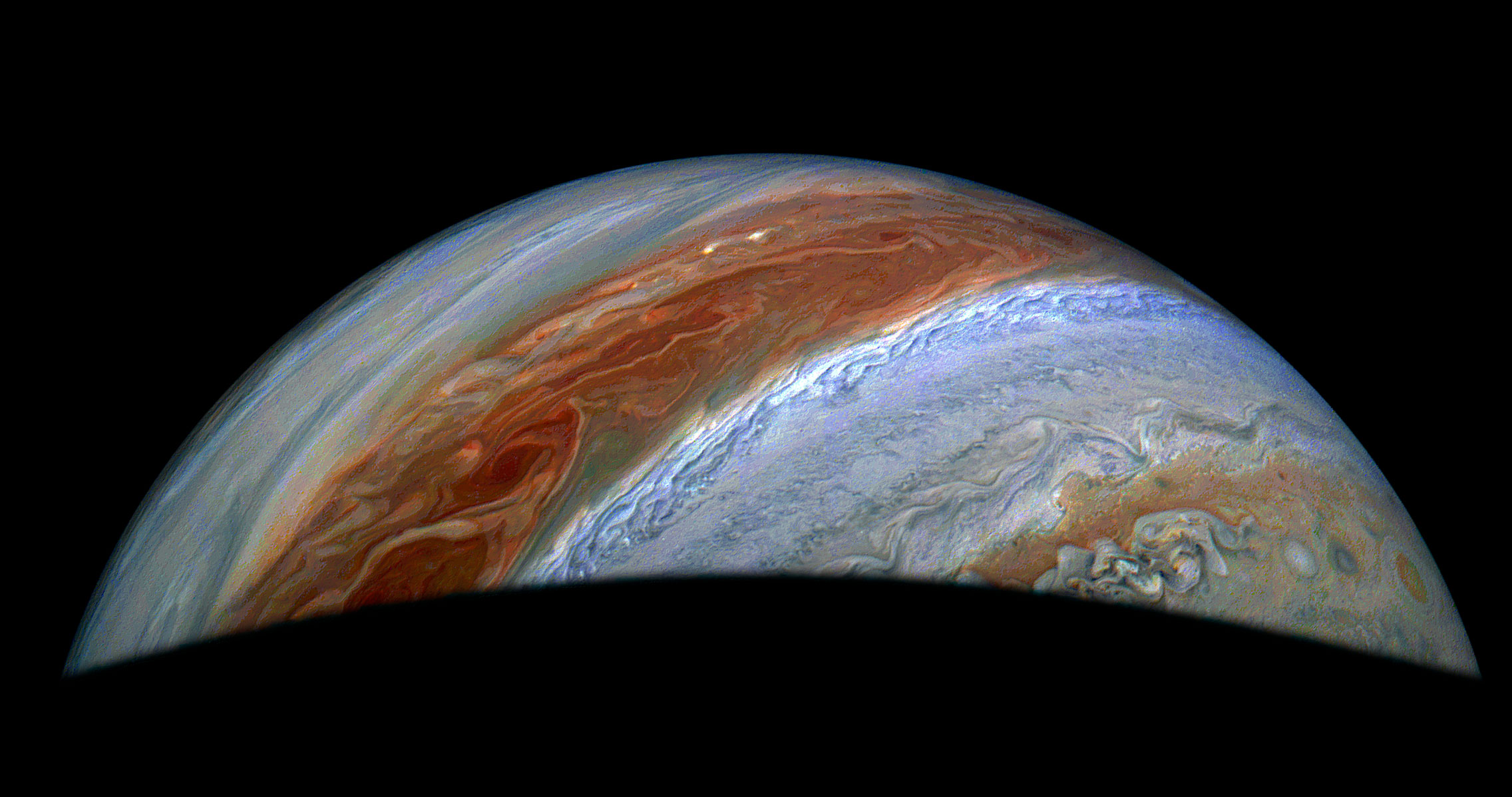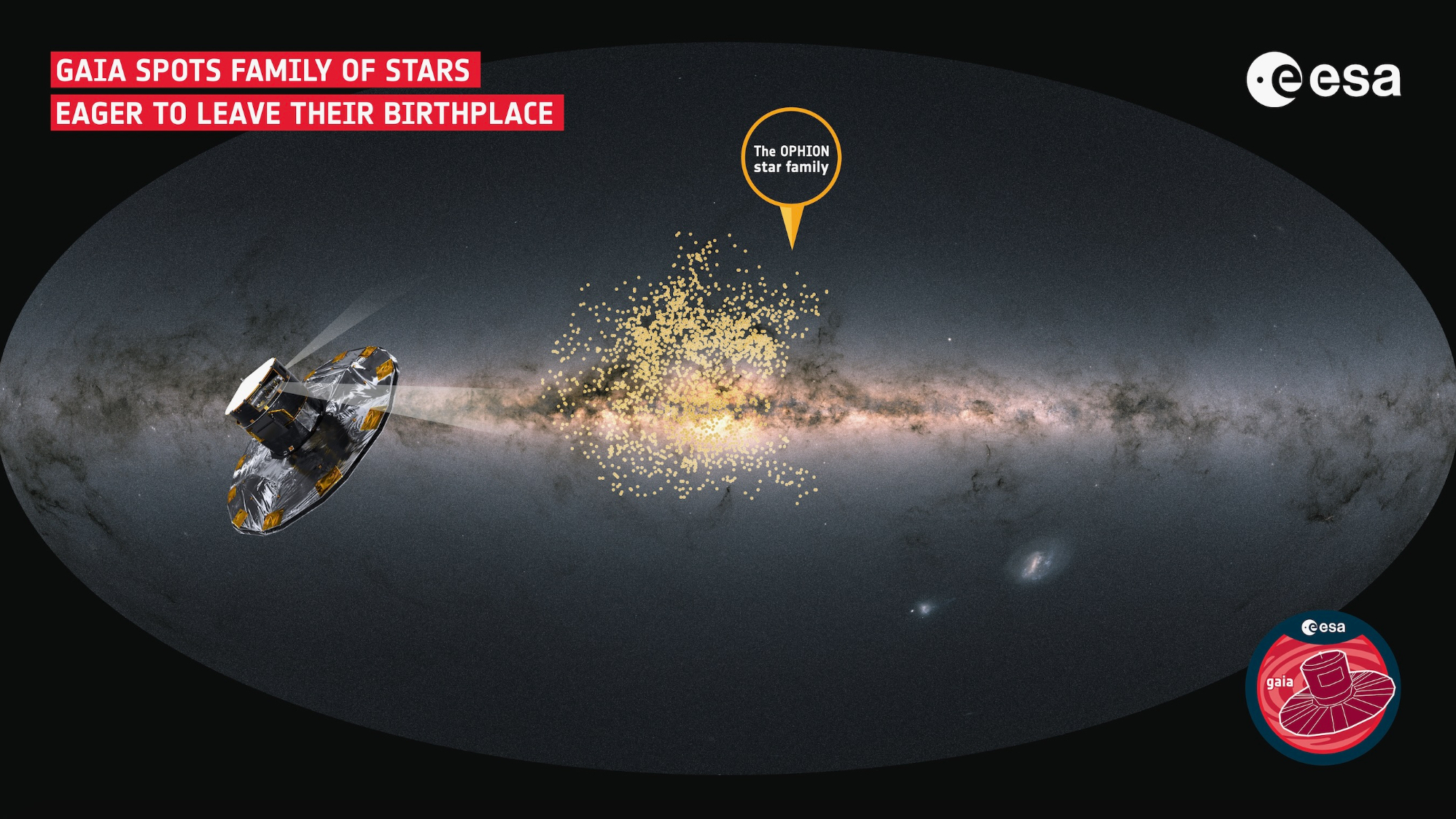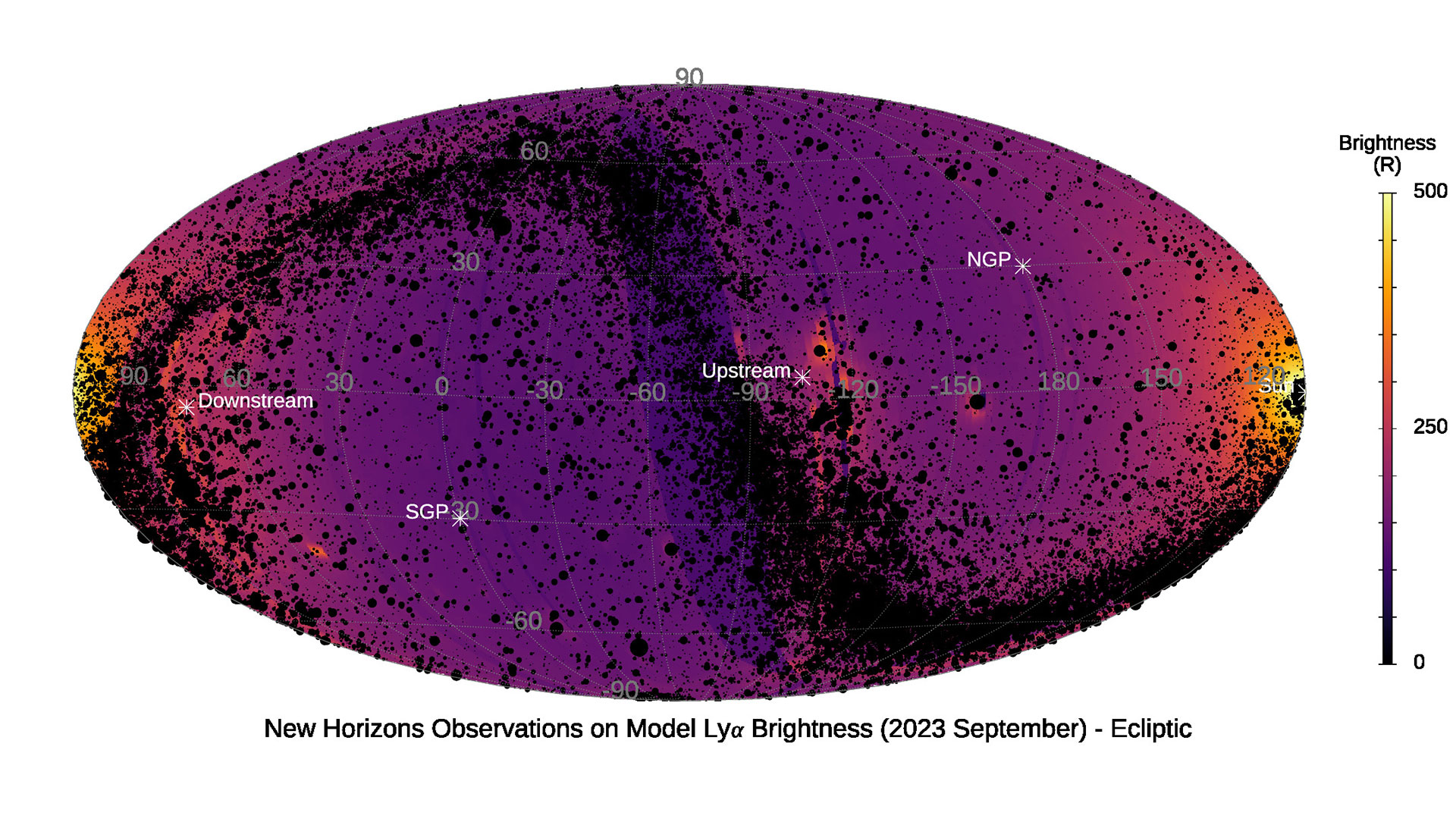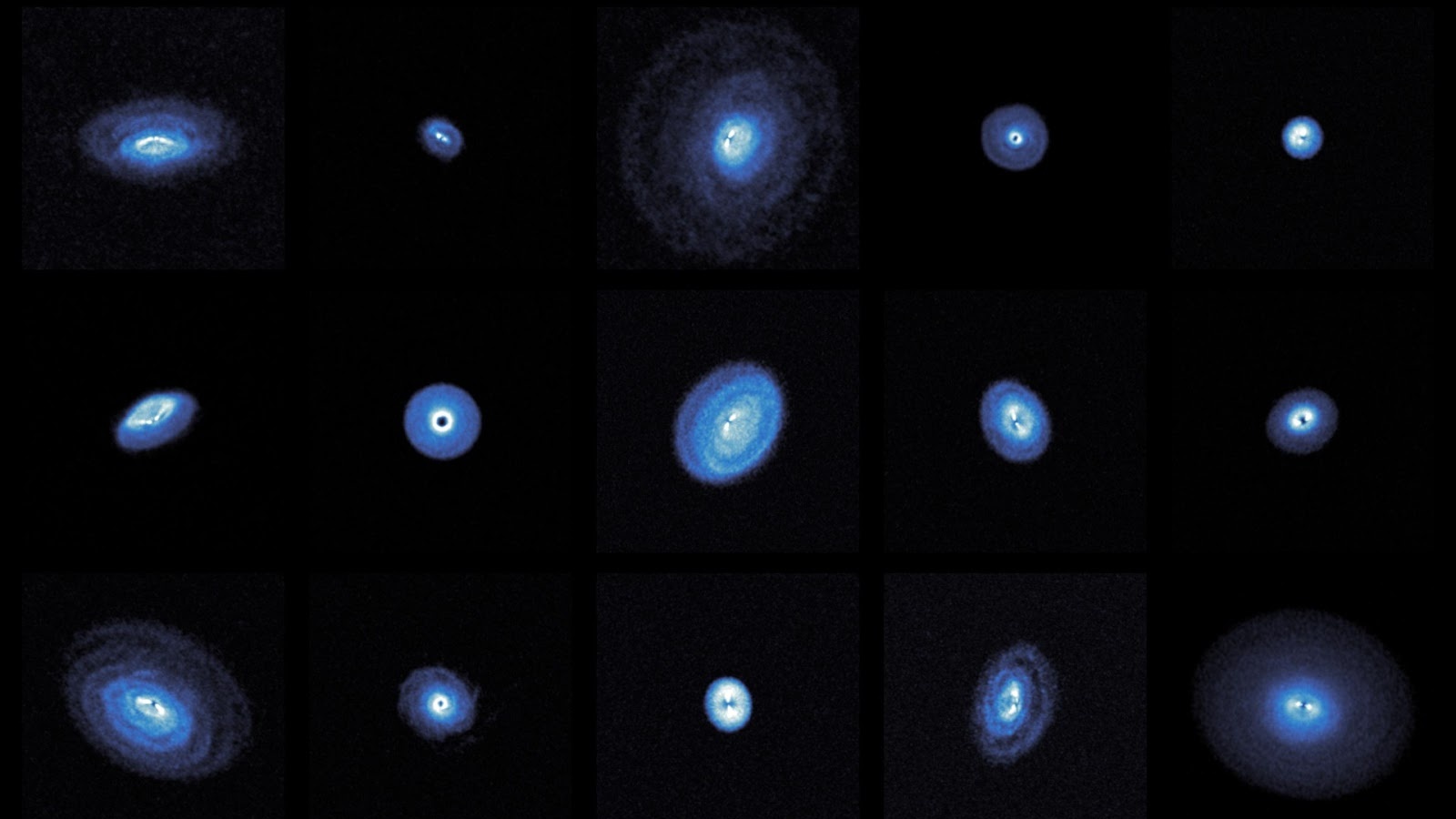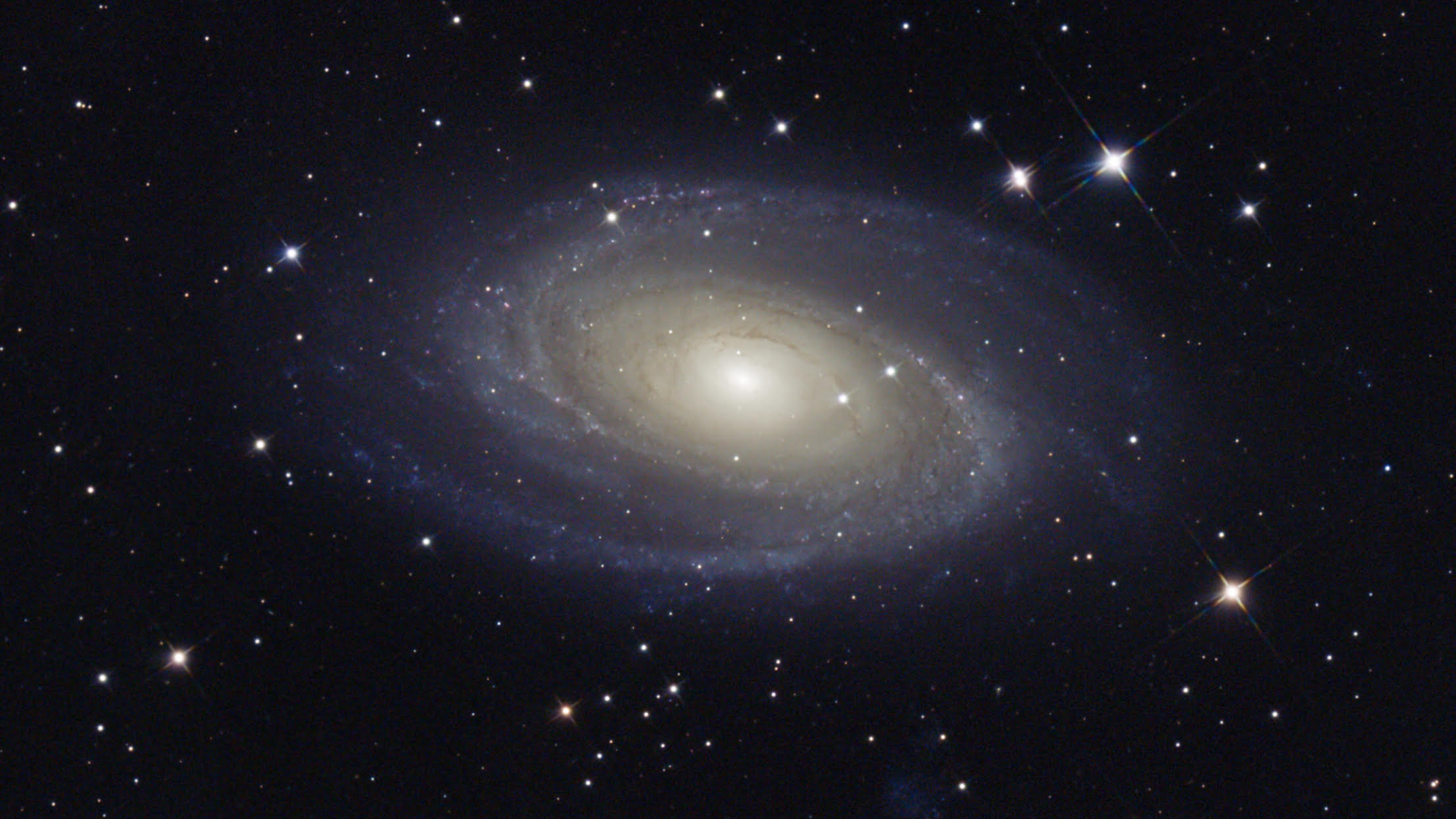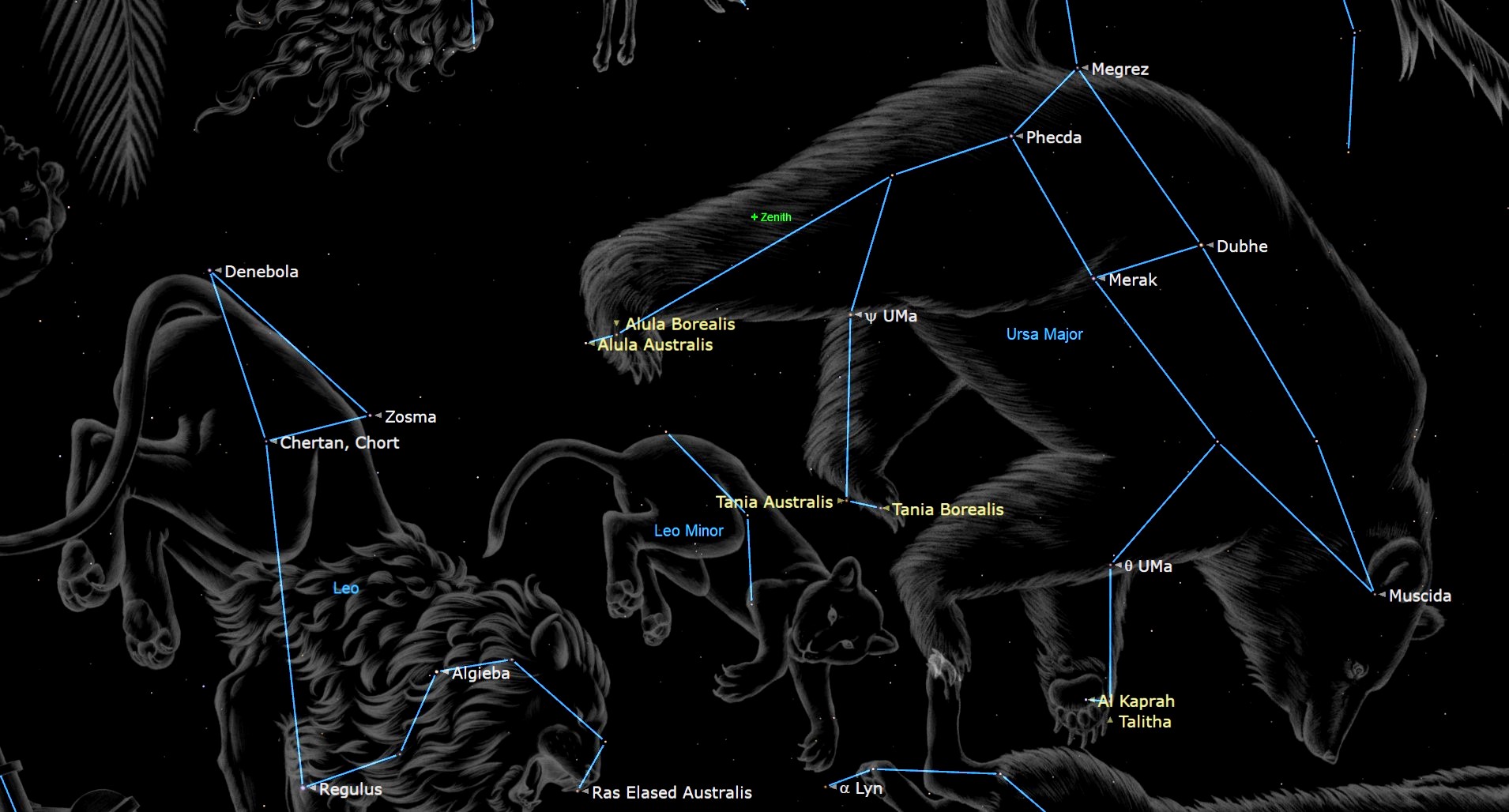
The first samples collected by NASA's Mars rover Curiosity at the foot of a huge Martian mountain have revealed a mineral first spotted by a NASA spacecraft in orbit around the Red Planet. It's the first time the rover's samples have matched mineral observations from space, NASA officials say.
In late September, Curiosity drilled into an outcrop dubbed Pahrump Hills at the base of the 3.4-mile-high (5.5 kilometers) Mount Sharp, which has been the 1-ton rover's main science destination since before its November 2011 launch. The samples collected during this operation contain high concentrations of iron-rich hematite, NASA officials announced Wednesday (Nov. 5).
NASA's Mars Reconnaissance Orbiter (MRO) had detected evidence of hematite in the Pahrump Hills area in 2010. [Curiosity Rover's Latest Mars Photos]
"This connects us with the mineral identifications from orbit, which can now help guide our investigations as we climb the slope and test hypotheses derived from the orbital mapping," Curiosity project scientist John Grotzinger, of the California Institute of Technology in Pasadena, said in a statement.
Curiosity touched down inside the 96-mile-wide (154 km) Gale Crater in August 2012, on a $2.5 billion mission to determine if Mars could ever have supported microbial life. The six-wheeled robot spent about a year near its landing site, eventually finding evidence in drilled samples that an area called Yellowknife Bay was a habitable lake-and-stream system billions of years ago.
In July 2013, the rover began the long trek to Mount Sharp, finally reaching the mountain's base this past September. Mission scientists want Curiosity to climb up through Mount Sharp's foothills, whose rocks preserve a history of the planet's changing environmental conditions over time.
Curiosity's on-the-ground confirmation of MRO's observations should help mission team members map out the rover's route and activities.
Get the Space.com Newsletter
Breaking space news, the latest updates on rocket launches, skywatching events and more!
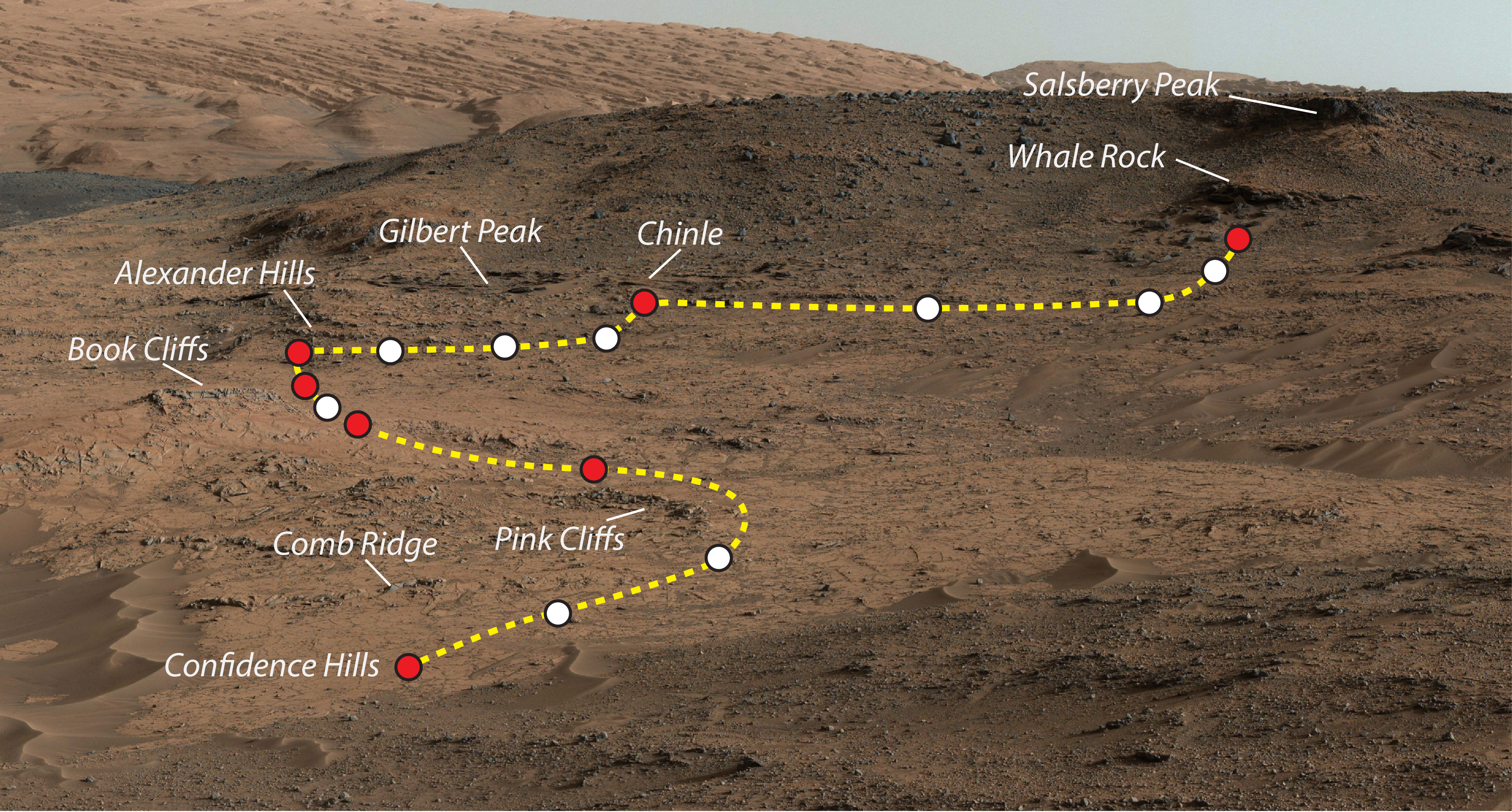
"We're now on a path where the orbital data can help us predict what minerals we'll find and make good choices about where to drill," said Curiosity science team member Ralph Milliken, of Brown University in Providence, Rhode Island. "Analyses like these will help us place rover-scale observations into the broader geologic history of Gale that we see from orbital data."
The Pahrump Hills activity was Curiosity's fourth full-up drilling operation. The previous three drilling runs were performed at Yellowknife Bay and on the way to Mount Sharp.
The Pahrump Hills powder is different from any of the other samples Curiosity has collected. It contains about 8 percent hematite and 4 percent magnetite; the other three had at most 1 percent hematite and higher concentrations of magnetite, researchers said.

"There's more oxidation involved in the new sample," said David Vaniman of the Planetary Science Institute in Tucson, Arizona, deputy principal investigator of Curiosity's Chemistry & Mineralogy instrument, or CheMin.
Curiosity will spend some time in the Pahrump Hills area — perhaps weeks, perhaps months — as the rover's handlers assess the terrain and search for more drilling targets, NASA officials said. Then the robot will start climbing up Mount Sharp's lower reaches.
Follow Mike Wall on Twitter @michaeldwall and Google+. Follow us @Spacedotcom, Facebook or Google+. Originally published on Space.com.
Join our Space Forums to keep talking space on the latest missions, night sky and more! And if you have a news tip, correction or comment, let us know at: community@space.com.

Michael Wall is a Senior Space Writer with Space.com and joined the team in 2010. He primarily covers exoplanets, spaceflight and military space, but has been known to dabble in the space art beat. His book about the search for alien life, "Out There," was published on Nov. 13, 2018. Before becoming a science writer, Michael worked as a herpetologist and wildlife biologist. He has a Ph.D. in evolutionary biology from the University of Sydney, Australia, a bachelor's degree from the University of Arizona, and a graduate certificate in science writing from the University of California, Santa Cruz. To find out what his latest project is, you can follow Michael on Twitter.
